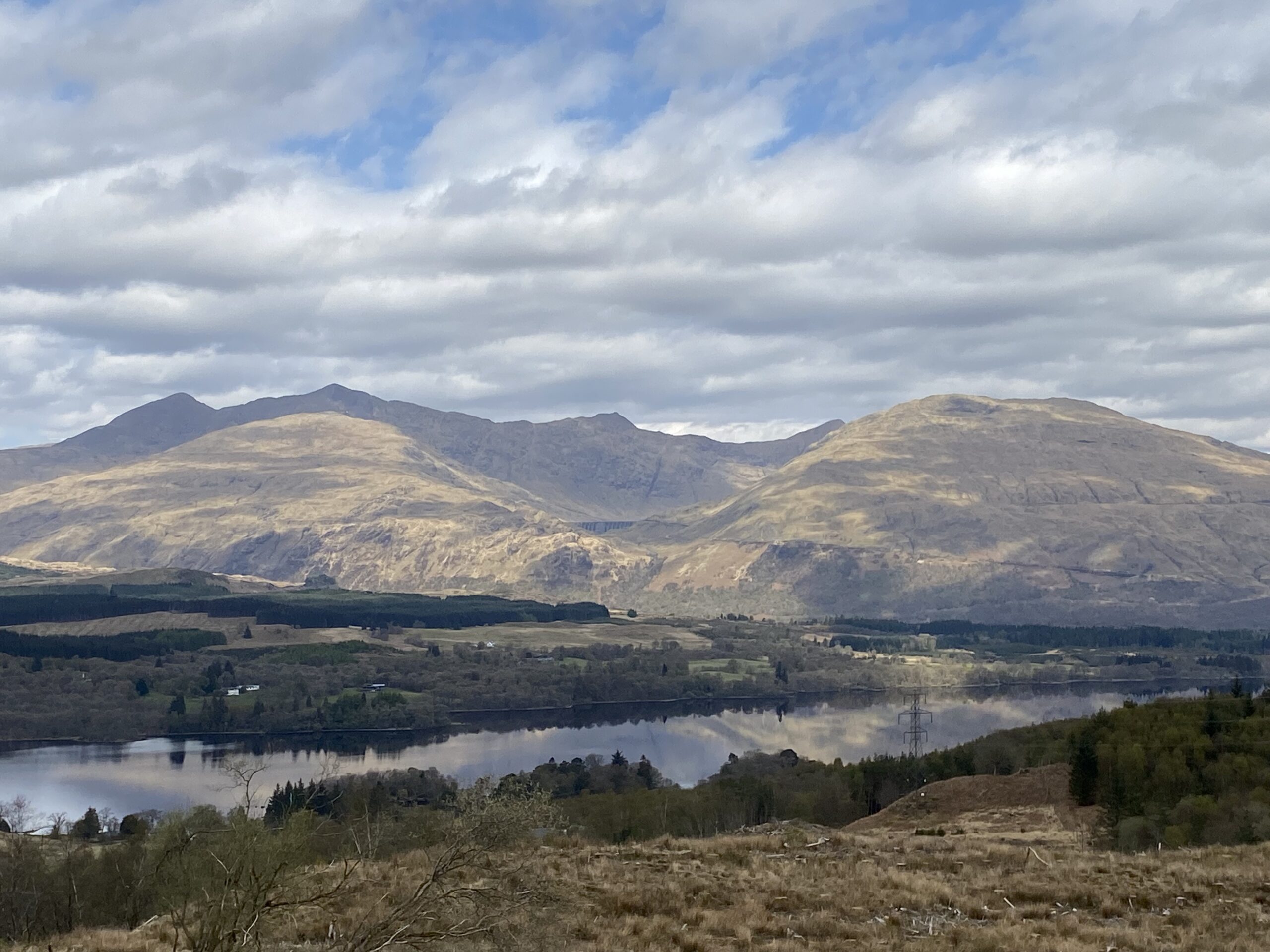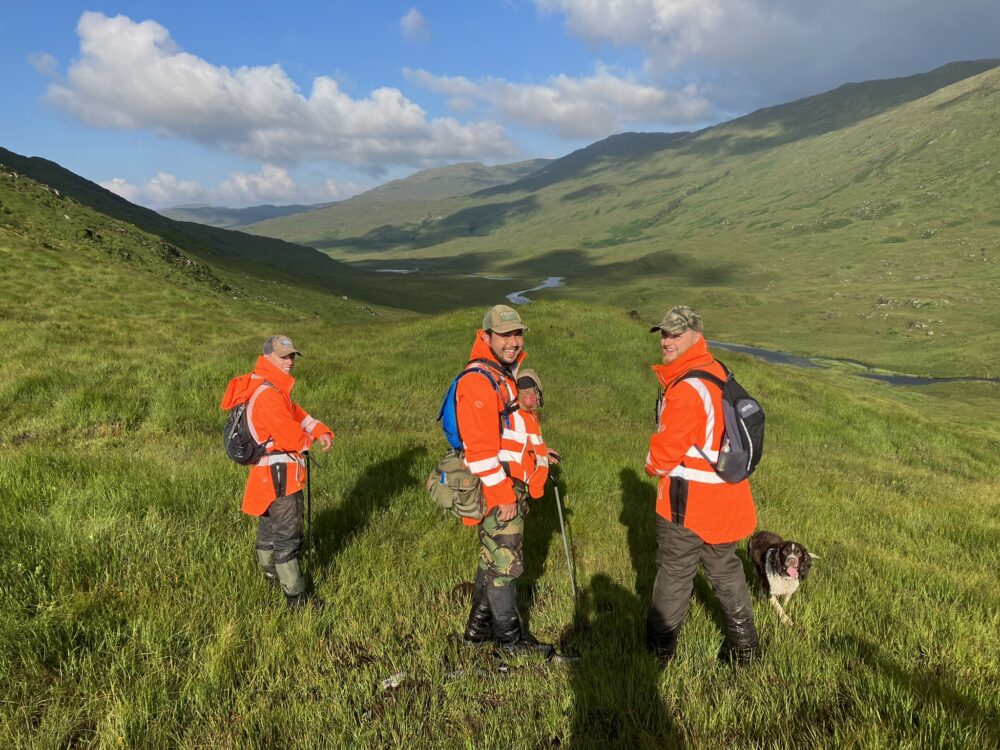The Heart of Scotland's Identity

Cruachan Dam
Peatlands are the lifeblood of Scotland for many. They sustain the country’s private water supplies, essential for its famed salmon fisheries. Healthy peatlands act as natural sponges, reducing flood risks and ensuring a steady water flow into salmon rivers. They support various livelihoods, from deer stalking to whisky making, and contribute to Scotland’s allure for tourists and filmmakers. Moreover, they are vital in preserving and inspiring Scottish arts and culture.
Soil Formation
To truly understand peatlands, we must explore the intricate factors shaping them. The geology of the Northwest Highlands is diverse, from ancient bedrock to glacial deposits, which moulds the soil’s composition and chemistry. Scotland’s soils, many less than 10,000 years old, showcase its remarkable geo-diversity, boasting over a thousand soil types.
The dramatically varying elevations, slopes, and aspects significantly influence climate and precipitation, driven by the North Atlantic Jet Stream, which brings frequent rainfall and temperature fluctuations.
Nature's Architects – Vegetation
In waterlogged conditions, a unique group of plants thrives, slowing decomposition and nutrient availability. Over time, these waterlogged plant fragments give rise to what we know as ‘peat.’
The saturated soils in Scotland’s boreal forests become anoxic due to high precipitation. This soil saturation leads to minimal microbial activity and the accumulation of partially decomposed organic matter, the building blocks of acid soil.
Any plant species has the potential to form Peat if adequately waterlogged. However, for observable reasons, peat formation is primarily associated with the Sphagnum mosses, which augment the process of peatland build-up and, consequently, long-term carbon storage. Sphagnum moss, in essence, halts decomposition. The chemical makeup of this moss renders it devoid of bacterial activity. Because of the sterility of this bryophyte, it was used as a wound dressing in World War 1 due to its resistance to decay.

Bryophyte
Alongside these prominent elements, some authors state that species such as Purple Moor Grass (Molinia caerulea), Bog myrtle (Myrica gale), and blaeberry (Vaccinium myrtillus play a prominent part in the makeup of these habitats. Furthermore, a central role is assumed by Calluna vulgaris, commonly referred to as Ling heather. (Patterson & Anderson, 2000).
Unlocking the Secrets of Peat Formation
Active peat-forming bogs have two layers: the living surface of fibrous vegetation and the deep peat store. These layers work harmoniously to create Peat at an astonishingly slow rate, about 0.5 to 1 mm annually.
The wet climate results in extensive blanket bogs in The Highlands; these bogs are thinner, averaging a maximum depth of 6 meters, due to shorter time scales, typically 5-6,000 years. The sloping topography prevents waterlogging and allows for greater nutrient percolation.
Many areas of blanket bog are no longer peat-forming due to historic and current land management practices. Identifying whether a peatland is Peat-forming is challenging. The EU Habitats Directive defines an ‘active’ bog as supporting a significant area of peat-forming vegetation, like Sphagnum moss.

Sphagnum moss and mushrooms
These habitats are complex, and it is difficult to identify them based on their vegetation and hydrology within the landscape. Blanket peatlands consist of multiple bog units – a mosaic of inter-connected peatland components, each characterised by vegetation, topographic position, and morphology.
This expansive terrain also hosts a substantial population of distinctive avian species, rendering it significant for wildlife. Likewise, Invertebrate groups on peatlands can be species-rich, vary regionally and depend on the active nature of the bog. Similarly, the landscape, including topography and vegetation adaptations, is essential in breaking up plant litter.
Conclusion
Peat, while fascinating, serves a dual purpose. Beyond its ecological marvel, it is a potent tool in our battle against climate change, locking away carbon. Whilst we continue to play our role as stewards to the landscapes in our care, understanding peatlands is essential. Identifying Peat, conducting thorough surveys to assess its depth and extent (ensuring it doesn’t exceed 50cm), and complying with UK Forestry Standards are critical components of responsible woodland creation.
Peatlands, like trees, are integral to our past, present, and future. By meticulously exploring their depths, Tilhill upholds its mission to be the leading provider of nature-based solutions and ensure a sustainable and greener future.
If you’d like access to the wealth of resources and regulatory guidance that informed this exploration, please feel free to reach out to me using the contact form below.

Tilhill’s North West Highland-Team carrying out Peat survey
Explore the Tilhill Graduate Programme

Apply here.
Find out moreTilhill's Peatland Restoration Service




